
"2024 Approved Essential Do's and Don'ts for Twilight Self-Portraiture"

Essential Do’s and Don’ts for Twilight Self-Portraiture
It has been seen that most portrait photography is carried out during the daytime as this is the time that offers the best light. However, diverging from regular practice can sometimes lead to creative and interesting results.
Well, night-mode portraits can be such an opportunity. However, it can be a little challenging for you. Night portrait shoots require the photographer to manipulate shutter speed, aperture, ISO, and more. Besides, there are certain dos and don’ts that you also need to keep in mind. Keep reading to know more about this.
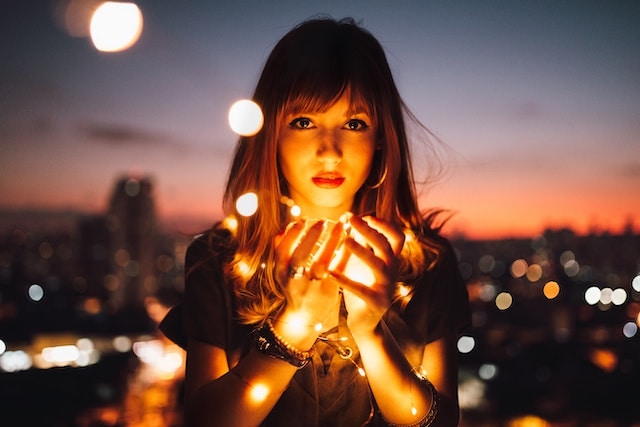
Part 1: Must-Dos in Night Portraits
Let’s start this discussion by exploring the major dos related to night portraits photoshoots. Some dos that you should consider are:
1. Shooting with a topic
One of the most difficult repercussions of night mode portraits is that everything in your sight takes on a strange appeal, which can easily make it challenging to understand the composition and picture subject. Well, to avoid such an issue, you need to make yourself familiarized with your topic or subject. So, you can arrive at the location before sunset and begin the setup procedure.
This will also allow you to take advantage of clicking pictures during special hour lighting. Besides, it will also help you to know how changing list settings can affect the scene. Another important thing to consider here is styling your subject. You need to make sure that your subjects look professional and choose the right type of clothing. So, try to understand the purpose of your night mode portraits.
2. Lighting your Subject
While shooting night portraits, based on the location, you may not get sufficient natural light to light up the subject. This is where you need to use some types of artificial lighting. Without this, you may not be able to capture the details of your subject. Your shots will look very blurry and underexposed. Well, artificial lighting need not be a flash. The source of artificial lighting can be anything.
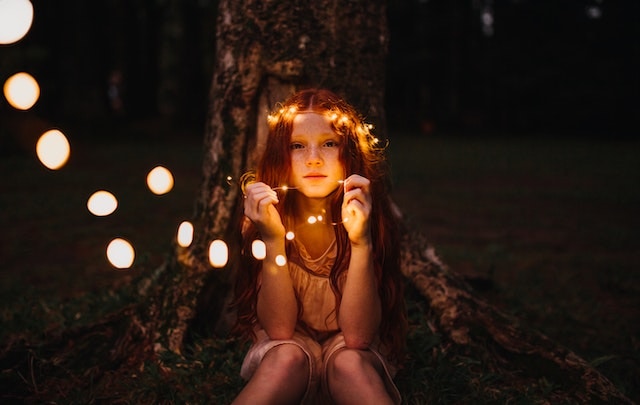
For example, it can be a car light, a phone flashlight, a billboard light and anything that can light up the subject, offering a decent amount of illumination to your camera. Make sure that the light is accessible. Experts suggest using off-camera flashlights for night portraits as it offers better flexibility. Based on your requirements, you can adjust the direction and brightness. Using a light stand can also be very helpful here.
3. Make Good Use of Night Mode Portrait
Don’t forget to take advantage of your camera’s night mode portrait option to get stunning results. Sometimes, you need to depend on software instead of your camera’s hardware for better results. Post-processing can enhance the exposure, level colors, effectively tune white balance, etc., and night mode can help you with that. When you choose this option, the camera will consider different factors, like the movement of the subjects, camera, light settings and more.
The camera will then take a series of photos at multiple exposure levels and then merge them to create a single image with great details. Even though night mode portraits can help you a lot, they may not work well while taking photos of moving objects. The reason behind this is that this mode takes multiple shots, and moving subjects would be blurred out. If it is a static scene, then go for it.
4. Shooting with a Stabilizer
For better results, you can use a camera stabilizer. A camera stabilizer will offer you the ability to take beautiful and smooth shots while moving. Stabilizers come in different configurations and sizes. They can effectively lower the vibration of the camera while moving. But shooting with a monopod, gimbal, or other rigs can be a little challenging for you. However, there are some tips that you can keep in your mind for better results, for example:
- Always try to maintain a perfect distance from the subject.
- Use wheels.
- You can also use electronic panning.
- Walk carefully.
- Close down the aperture.
- Allow your subject to move into the focus distance.
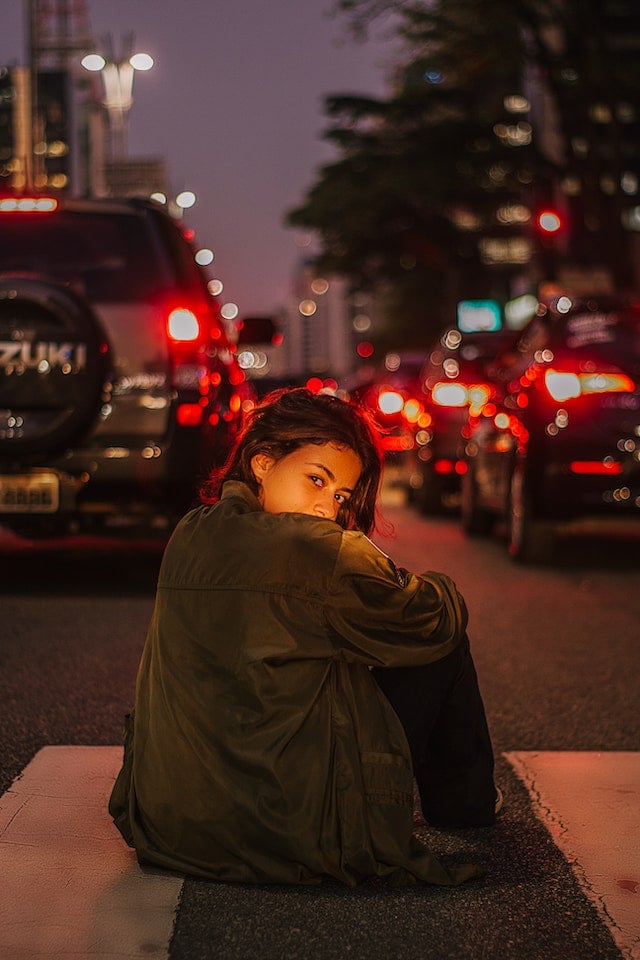
Experts suggest using a sturdy camera tripod, and it will be better to get a remote release. With this, you can trigger the camera without touching the shutter button, and it will reduce the movement of the camera.
Part 2: Don’t-Dos in Night Portraits
1. Don’t dress in dark
When it comes to wearing black for night portraits, experts suggest avoiding it unless you have proper light settings and you have your make-up done by an expert who can correct the color for shadows. Sometimes, dark clothes may create an aging effect on the subject. Besides, if the lighting condition is not good, the photos will become much darker due to your dark dress. So, wear light-colored dresses. Besides, don’t use shirts that have visible text, brand names or logos.
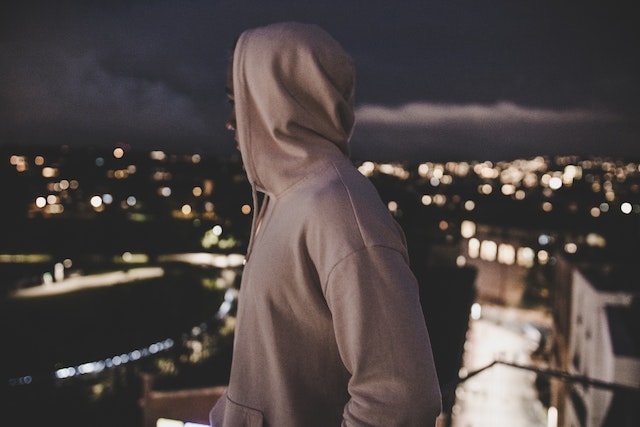
2. Don’t do a capture shoot
Most photographers use single shooting mode or go for the capture shoot in many cases. That could be the manual mode, and sometimes it is done to adjust the shutter and aperture manually. During night shooting, some photographers use higher ISO. This means the lens will allow more light to come in. As a result, it can create a smear while capturing a moving object. But in some cases, using continuous shooting can help you to capture some of the best moments for night portraits. If you are shooting in a fast-paced scenario, then this can help you a lot. You may not use all the images you have captured, but you can find perfect portraits.
3. Don’t Overuse Light- The Right Shutter Speed, ISO and Aperture
Another thing you need to avoid here is the overuse of light. You need to work on the primary exposure settings, i.e., the ISO, aperture and shutter speed. You should keep in mind that these three configurations will create exposure and influence the photos’ overall brightness. One thing to consider while choosing the setting is to have a photo with a lot of detail in the mid-tones, highlights, and shadows.
When you overuse the light, it can affect the scene’s depth of field. Besides, the sharpness of the subject will also get affected by this. To control the light, you need to choose the aperture based on the depth of field. For example, for a shallow effect, you can go for a wide aperture, like f/2.8. You can use a narrower aperture, like f/8, for a sharper background.
Talking about the shutter speed, for stationary subjects, you can go for 1/160s. If it is a moving subject, then 1/500s or above can work for you. Now, coming to the ISO, the default ISO value, i.e., ISO 100, is good for taking the highest-quality photos. If you think your portraits are overexposed, then increase the shutter speed to control the light.
4. Don’t forget about white balance and Adjust It Before Shooting
Speaking about white balance, it is a setting to make sure the colors in the photos are natural and accurate and the photos don’t have unrealistic colors. If the subject appears white in real but blue or red in the photos, then you need to adjust the white balance. Daylight white balance will be very warm for night photos. That’s why you need to go for cooler settings, around 3200 to 4800, based on your environment and location.
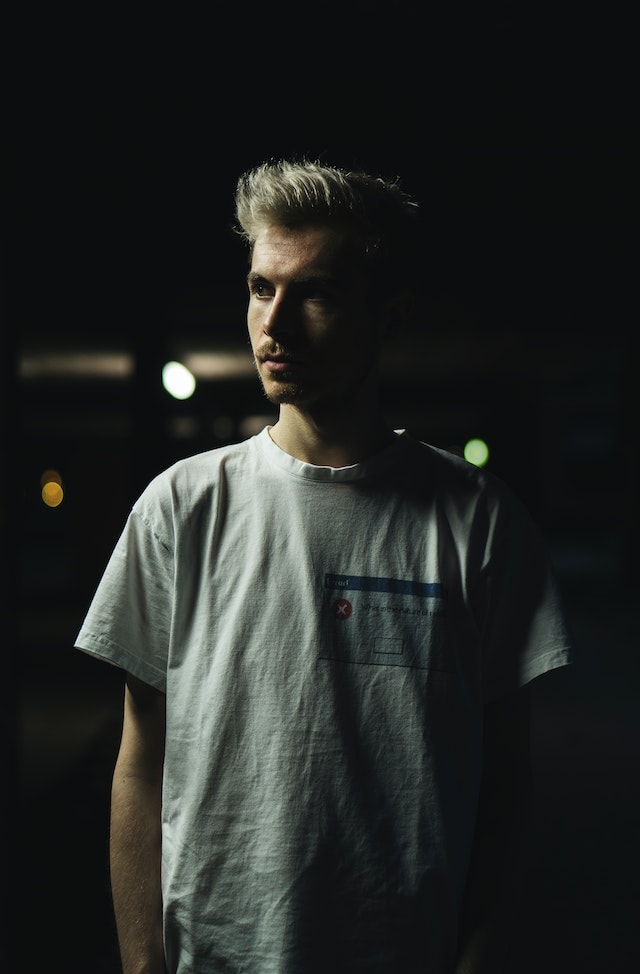
For example, in city areas, a lower setting, i.e., 3400 to 3900k, can work great. On the other hand, for darker skies, white balance settings of 4000k and above will offer you the best results. Begin with the above suggestion and click some test photos while increasing 100k after every shot to find the right white balance settings.
However, you can also preset the white balance in your camera or edit the photos during post-processing to adjust the white balance. For example, you can use color correction to fix colors. Using this, you can make the photos look brighter or darker to make them appear natural and realistic. Always use a vector scope to make sure that your colors are accurate.
FAQs
How To Capture Good Portraits at Night?
As per the experts, the lower the aperture, the more light your camera will receive. This can make your night mode portraits difficult. So, you need to go for a slower shutter speed and make sure that there will be subject or camera movement. All you need to do is control the light.
What Should You Need to Avoid in Portrait Photography?
Some common mistakes that you need to avoid while shooting portraits are poor lighting, poor composition, bad background, using the incorrect lens, not properly focusing on the eyes, overexposure and more. Just follow the above-mentioned tips to get stunning night portraits.
What Are the Best Camera Settings for Night Photography?
You should use your camera in manual mode. Besides, utilizing long camera shutter speeds, around 30 seconds to 60 seconds, will be good. Sometimes, using auto-white balance, you can get great results. The experts also suggest keeping the aperture around f/11 and going for a low ISO, between 100 to 200.
Free Download For Win 7 or later(64-bit)
Free Download For macOS 10.14 or later
Free Download For macOS 10.14 or later
Also read:
- [New] Best FreeFire YouTube Hashtags and Tips For YouTube Gaming Videos
- [Updated] Easy-to-Use W10 Screen Grabber App
- [Updated] In 2024, Best Capturing Software For Streamers on YouTube
- [Updated] In 2024, The Definitive Steps for Online Streaming Audio Archiving
- [Updated] Satire Skills Video Comedy Mastery Tips for 2024
- 2024 Approved From Play to View A Guide to Recording Overwatch Games
- Battlefield Legends The Ultimate List of Top 7 Total War Victories
- Effortless Mac Pics with No Cost for 2024
- Forward-Thinking iOS for PS2 Emulation
- How to Fake Snapchat Location without Jailbreak On Samsung Galaxy A34 5G | Dr.fone
- How To Streamline the Integration of YouTube Playlists Into a Site's Layout for 2024
- In 2024, Can You Unlock iPhone 7 Plus After Forgetting the Passcode?
- In 2024, Expert Review of Apeaksoft for Video Capture Technology
- In 2024, Masterclass Series Incorporating Timekeepers Into Live Production
- Mastering Group Policy Editor for Registry Management: Insights From YL Computing Experts
- Propel Your Professional Life with These 6 ChatGPT Insights
- Safeguard Against Unidentified Phone Numbers: IPhone Call-Blocking Methods Revealed
- Title: 2024 Approved Essential Do's and Don'ts for Twilight Self-Portraiture
- Author: Agatha
- Created at : 2024-12-26 19:08:41
- Updated at : 2024-12-28 20:39:52
- Link: https://video-screen-grab.techidaily.com/2024-approved-essential-dos-and-donts-for-twilight-self-portraiture/
- License: This work is licensed under CC BY-NC-SA 4.0.